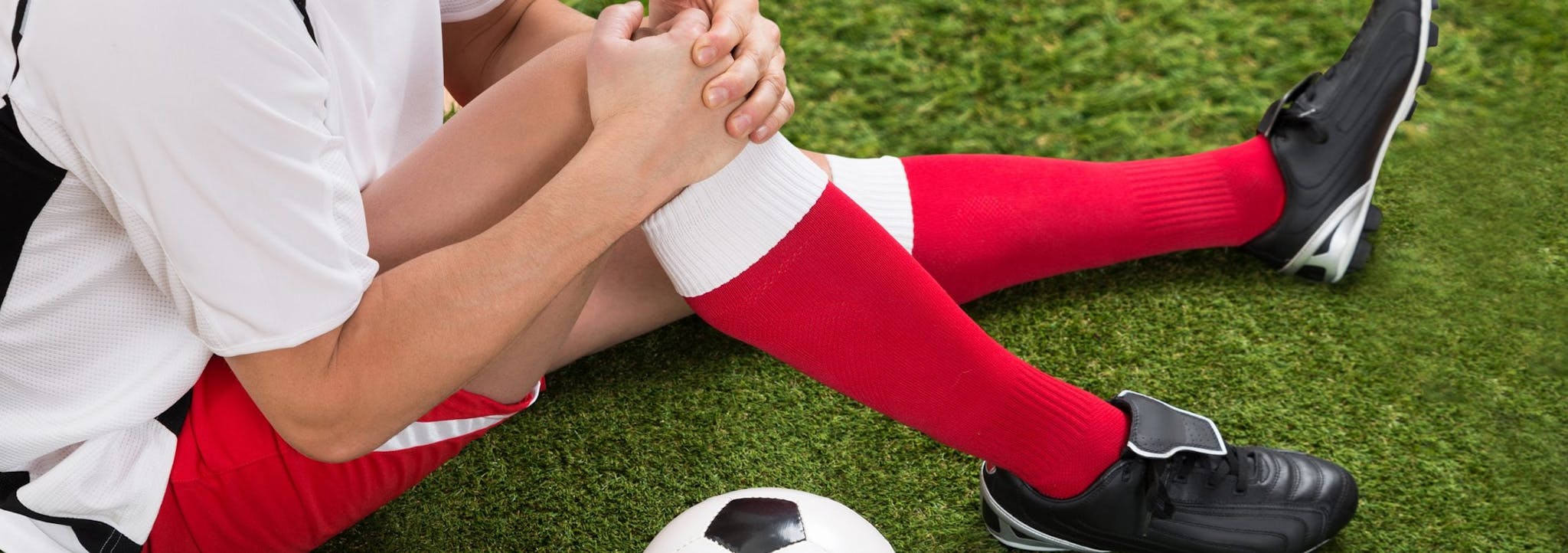Whether you’re a beginner or an experienced gym-goer, a workout injury can happen to anyone. Even something as simple as walking can cause an injury, and anyone participating in a workout or physical activity may be at risk.
Fortunately, there are many ways to reduce your risk of getting hurt. Here are some of the most common workout injuries to be aware of and what you can do to prevent and treat them.
Common Workout Injuries
A number of different injuries can be sustained during a workout, including:
- Muscle pull or strain
- Sprained ankle
- Shoulder injury
- Knee injury
- Shin splint
- Tendinitis
- Wrist sprain or dislocation
Prevention
Remember: All women over age 55 and men over age 45, or anyone with a medical condition at any age, should check with their doctor before beginning a workout regimen. This will ensure that you’re healthy enough for the type of workout you’re planning to engage in.
Some more specific tips for avoiding workout injuries include:
- Warm-up and cool-down: Each workout should start with a warm-up and end with a cool-down, which helps prepare your body and loosen your muscles. Consider things like riding an exercise bike, jumping rope or jogging in place for a few minutes. A cool-down brings your heart rate back to normal—consider walking for a brief period to cool down.
- Stretch: After working out, dynamic stretching can help increase flexibility. There is conflicting research on whether stretching prevents injury, but in general, it’s better to stretch after both your warm-up and cool-down.
- Get a slow start: When beginning a new routine or program, always start slowly before building up your intensity. Don’t push things too hard, and listen to your body as you look to increase your challenges.
- Cross-train: It’s important to vary your workouts to avoid overusing a specific set of muscles. The same movements over and over can lead to injuries like shin splints and tendinitis. If you ran one day, consider lifting weights the next. The following day, think about swimming or cycling. This will keep several muscle areas at work and avoid overuse on any individual area.
- Adjust your workouts: If you’re aware of particular problem areas in the body, tailor your workout for these areas. If you have arthritis in the knees, for instance, you’ll want to build strength in those areas. Don’t do exercises that hurt, and be sure to check with your doctor to ensure that a given emphasis is safe for you.
- Ditch the “No pain, no gain” mentality: This is an unfortunate philosophy that can put you at higher risk for an injury. You can absolutely get into great shape without feeling pain, and there’s no need to be pushing yourself to this level. If you feel pain during a workout, this could signal that you’re injured. Stop the workout and rest.
- Stay hydrated: Drinking lots of water before, during and after your workout is important. Drink 8 ounces of water about 20 or 30 minutes before the workout, 8 ounces every 10 to 20 minutes during the workout, and another 8 ounces within 30 minutes of finishing the workout. Also eat a small meal or snack every 2 to 3 hours to keep your body fueled. After a workout, eat a healthy carb and protein snack to help replenish your body’s energy.
- Work with a trainer: Before you begin a new weightlifting course or exercise routine, meet with a trainer. This person can show you proper techniques and help you create a safe, effective and realistic program.
- Wear proper gear: Wear the right gear for your workout; this will vary depending on what this workout is.
- Rest: Take one or two days per week off for a rest. This gives your body a chance to recover, and can help prevent injury.
Treating Injuries
If you do sustain a workout injury, follow the RICE method for treatment:
- R: Rest
- I: Ice the injury to lower swelling, bleeding and inflammation
- C: Apply a compression bandage to help decrease swelling
- E: Elevate the injury to reduce swelling
In some cases, nonsteroidal anti-inflammatory medications like ibuprofen can ease pain after an injury. Check with your doctor before taking these, however.
In most situations, workout injuries will heal by themselves in four weeks or less. If the injury gets worse or hasn’t improved after a week, seek medical care. Don’t take part in activities that trigger a given injury, though you can still be active in other ways—in fact, staying active can help you heal more quickly. Once you recover properly from an injury, start slowly when doing a workout that includes the area that was injured.
Your doctor can offer additional recommendations on preventing and treating workout injuries.
I treat people of all ages in my practice—kids, athletes, adults and retirees––and enjoy being able to understand people’s unique situations in order to help them recover.
Sources:
“Workout Injuries: Prevention and Treatment.” WebMD. https://www.webmd.com/fitness-exercise/guide/workout-injuries-prevention-and-treatment#1
“How to Prevent Injuries During Exercise.” Active.com. https://www.active.com/fitness/articles/how-to-prevent-injuries-during-exercise







